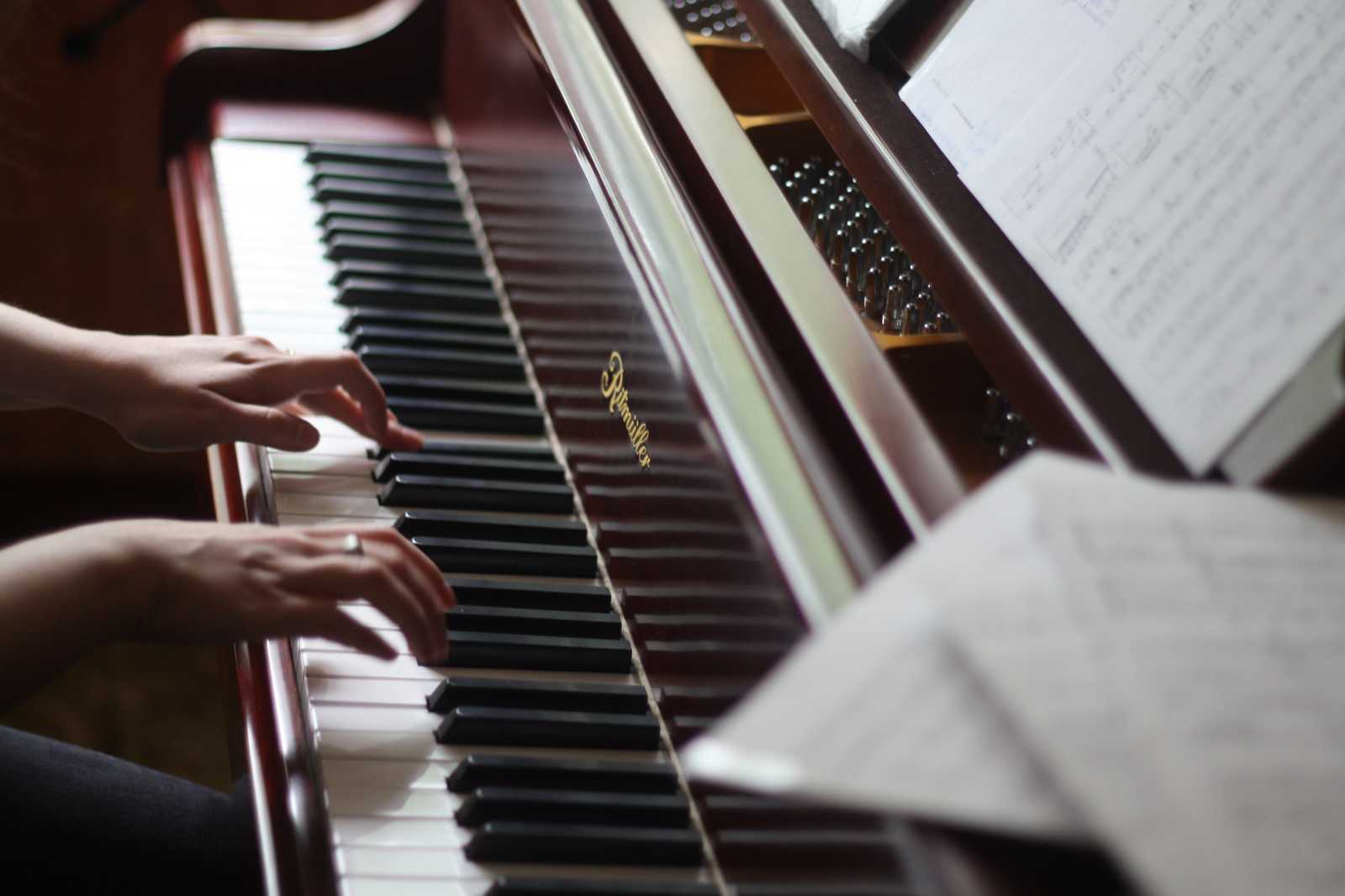Basics of Interpretation on the piano


In my previous blog, the elements of music and their use in piano playing, I was mentioning the words rhythm, tempo, dynamics and melody. Understanding these main elements of music has a lot to do with Interpretation. Same as different personalities, interpretation is something that is different for every musician and performer.
Interpretation is your way of saying the things you would like to say, through sounds. Having different ideas regarding speed, volume, and articulation is something that makes same piece to sound different in the ears of the listener.
Interpretation comes from the performers point of you. How to interpret a certain piece of music has a lot to do with the composers markings, the elements of music, but also the performers tastes.
There are a lot of things in the piece which we can’t change. As performers when we play someone else’s music we have to be respectful to his or her ideas. The rhythms and pitches are some things that we have to follow. But the main criteria which makes the piece alive though is the way you interpret it.
Here are couple of things I would like to mention about interpretation:
Tempo Interpretation
Tempo markings are usually indicated in the beginning of a piece by the composer. He tells you if the piece should be played fast or slow or in the middle. Sometimes you will have only an idea of how exactly fast or slow the piece should sound and you will be the one to decide this in detail.
when we speak, we say something.
when we play , we say something and want to make sure the information we are giving to the listener will be presented in the correct speed. In a way, the listener wouldn’t be confused and will be able to process the information easily. Its just as if you talked too fast when explaining something important, or talked very slow when something was exciting – it doesn’t work that way. You have to choose the right speed.
Articulation
Interpretation on the piano has a lot to do with how you touch the keys. Whether or not the articulation of your fingers matches the composers view is something that most of time we can only guess.
How the phrase goes, where are the important parts of the melody are, and where you would like to lead the listener, is part of how you articulate. Articulation is part of piano technique and something every pianist learns and experiments with. How to lift your fingers, where to break the sound and where not to is a delicate job. And your interpretation of the piece will be unique because of how you articulate on the piano.
Pedal Interpretation
Pedal interpretation is a very big topic and I would like to spend detailed time discussing this in some of my future posts. Here, I would just mention couple of things which we should keep in mind when talking about pedaling.
Pedals on the piano are three and their use changes the sound of the piano. This change is helpful for the overall sound of the piece, as well as your ideas regarding how to phrase certain melodies.
Pedaling is tricky and needs special attention but when you know how to do it, it is the final and very important touch to your interpretation. A very big percentage of composers usually don’t indicate precisely where and when to use the pedal. That makes it the performer’s responsibility.
As pianists we are privileged to use pedals since other instruments don’t have them. And pedaling is huge part of piano interpretation.
Learn about online piano lessons at Sage Music
Related



